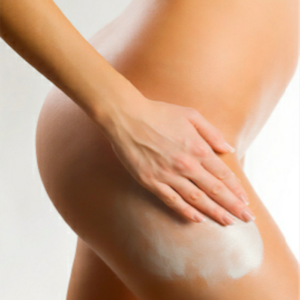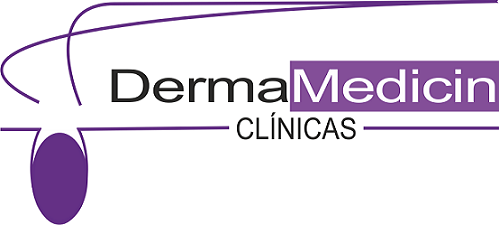
Orange-peel skin, also known as cellulite, refers to the rough and irregular appearance with dimples and nodules on the skin surface, which is produced by the accumulation of adipose or fatty tissue. It is a dermoaesthetic problem and not a disease itself, but it can cause a lot of concern. It usually affects the thighs, buttocks, hips and abdomen and appears mainly in women.
What is the cause?
The exact cause is unknown, but several theories are being considered:
- Inflammation of the subcutaneous tissue.
- Existence of a basic vascular alteration.
- Presence of structural alterations that lead to herniation of fat towards more superficial layers of the skin.
- Genetic factors (family inheritance and race, since it is more common in the white race). Hormonal/endocrine factors (such as hypothyroidism).
- Modifiable factors that can worsen the condition, such as being overweight, diets rich in carbohydrates and/or fats, tobacco, alcohol, a sedentary lifestyle, the existence of vascular alterations in the legs, the use of very tight clothing and contraceptive consumption.
Therefore, a multidisciplinary study (by several specialists) of the patient will be necessary.
Are there different types of cellulite?
Yes, depending on the degree of severity of cellulite it can be classified into four types, the mildest degree being if it is observed only when pinching the skin and the most serious if it is observed even with the patient lying down.
In addition, it can also be classified into flaccid, hard, edematous and mixed cellulite.
What treatments exist?
First of all, bad lifestyle habits must be changed (adequate diet, physical exercise, drinking at least 2 liters of water daily, abandoning the consumption of toxic substances). Topical treatments, in the form of a cream, have the limitation that they must penetrate deep layers of the skin to act, so their action is in question. To try to alleviate this situation, nanosome and liposome products with greater penetration power have recently appeared. In any case, correct hydration of the skin in this area and the addition of substances that stimulate collagen synthesis and stimulate blood circulation from the outside will help in its management.

In addition, currently there are modern techniques that can be performed: mesotherapy (consists of infiltration through punctures or a "roller" of the affected areas with anti-cellulite substances, among these techniques Alidya stands out, a product that contains anti-Lipodystrophic agents, and which constitutes the first injectable device specifically indicated for the prevention and treatment of cellulite), liposculpture with ultrasound, laser and pressotherapy or lymphatic drainage techniques.
In conclusion, it is important to make a correct diagnosis and clinical assessment to achieve a good result with the treatment. At Dermamedicin we have doctors who specialize in aesthetic and laser dermatology.


